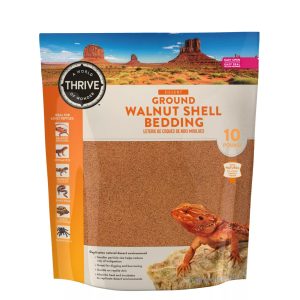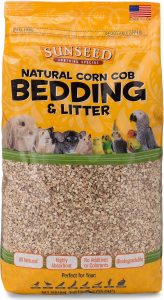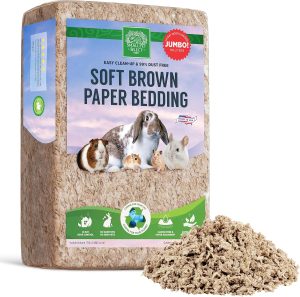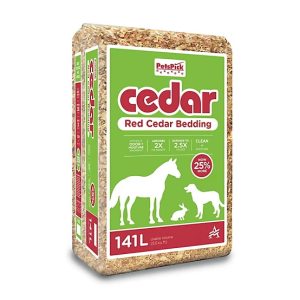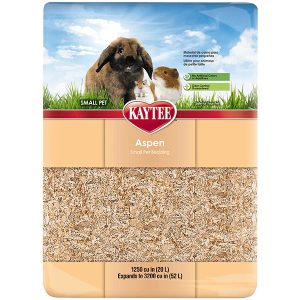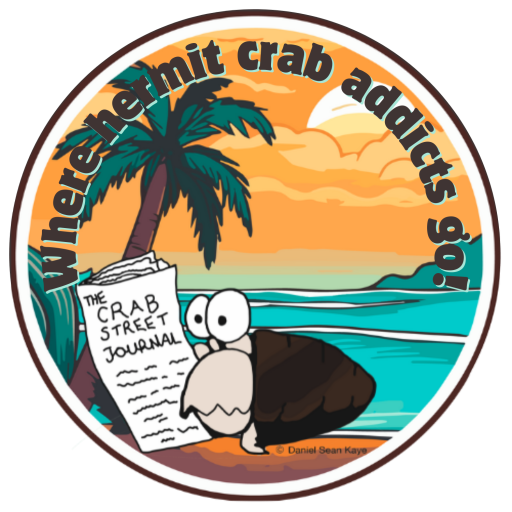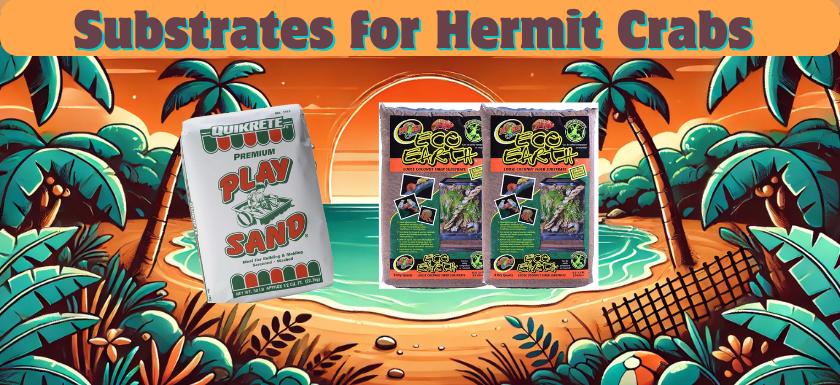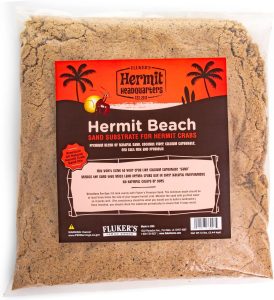The commonly used and recommended substrate is 5 parts play sand to 1 part coco fiber. Hermit crabs require deep, moist sand to burrow and molt properly.
For more information on setting up your hermit crab substrate check out this article:
The other sands or stones listed here are safe for using in your crabitat in select areas but not as the primary substrate.
Sand
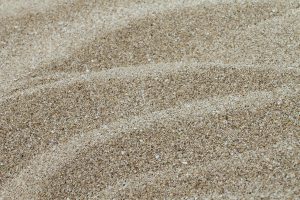
Collecting sand from the beach is not advised. In most areas it is illegal to take sand from the beach. In many areas of the world the beach sand is heavily contaminated from polluted waters.
Most owners use play sand found at their local hardware store. Please take note of the quality when purchasing play sand. If in doubt ask other hermit crab owners what they use and ask how it works when damp. Some play sands are low-grade sand made from crushed rocks and have impurities since they are used for the building industry. Choose a play sand intended for a children’s sand box; this is good quality sand and has been cleaned and sanitized.

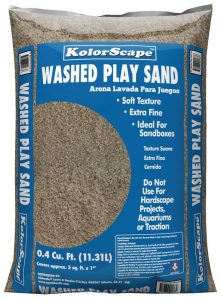
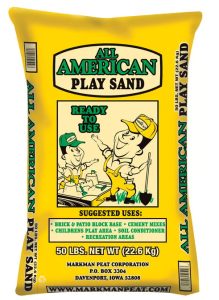
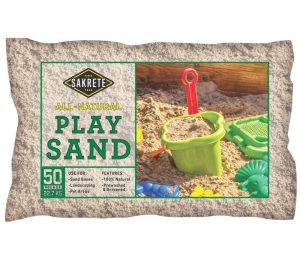
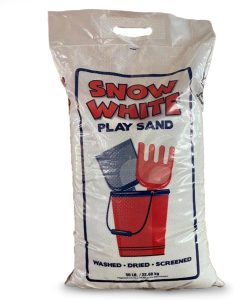
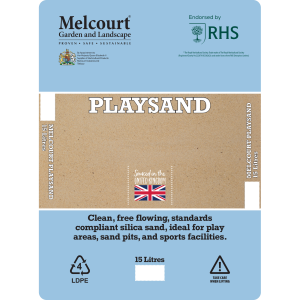
This playsand is full of black mold. GROSS and dangerous. Choose bags from inside the store that have been kept dry.
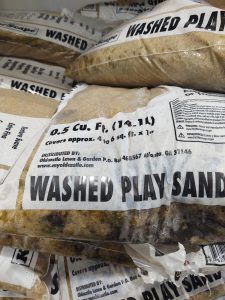

If in doubt as to the quality wash and bake your sand the first time you use it. However, not all impurities can be washed, boiled, or baked out of a substrate. Cleaning and drying sand can be messy. Make sure you cover the drains or use a plug when rinsing. Most rinse their sand and then dry it before returning it to a cleaned crabarium. Another alternative is to take the sand outside and place it in a bucket, use a hose to rinse the sand until the water runs out of the bucket and is clear. To drain the sand, place the sand into a pillow case so that your drains are not blocked up. Poor quality sand may also have metal shavings, test with a magnet. If you find metal shavings in the sand do not use it.
These sands are not suitable for hermit crabs.
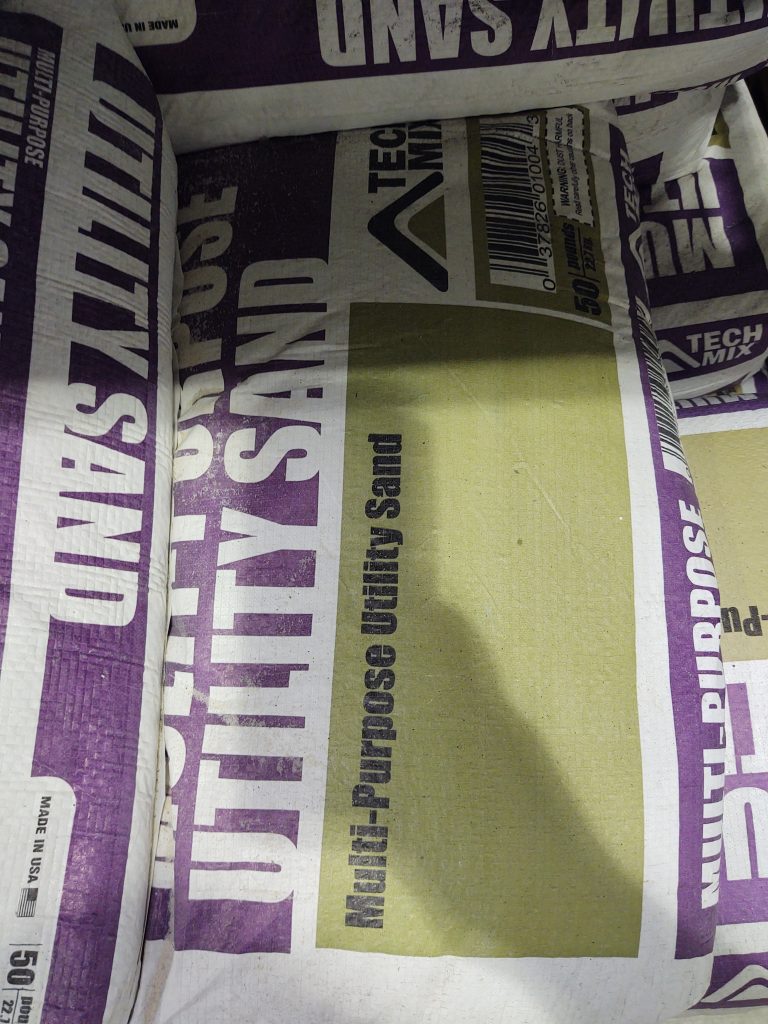
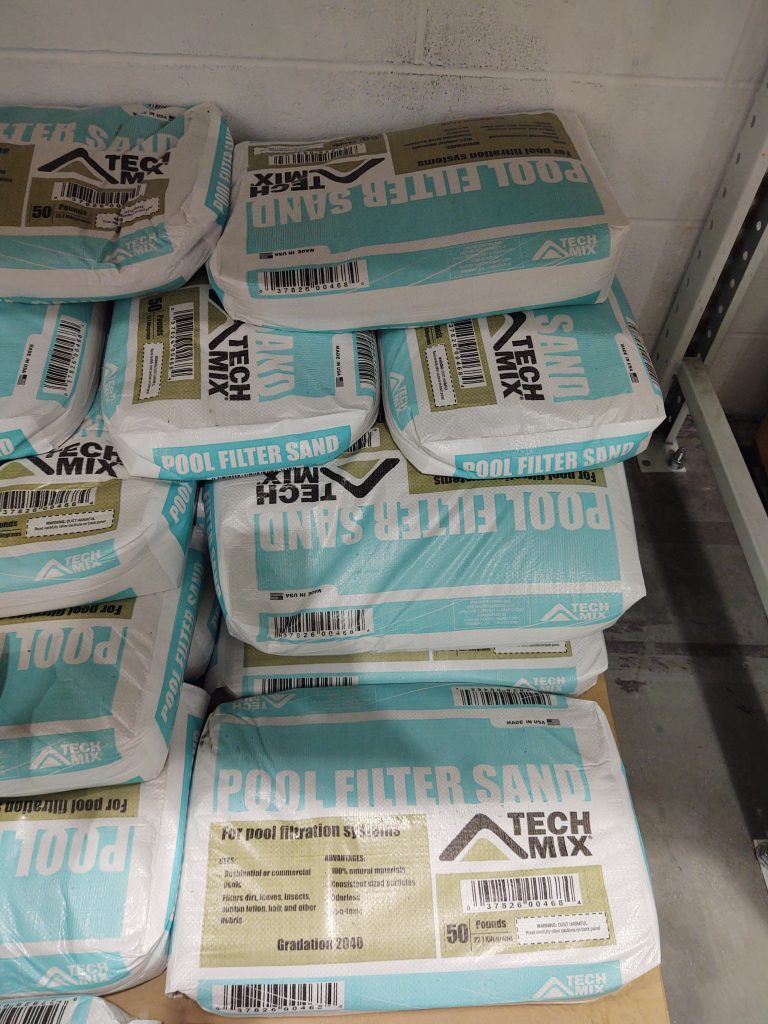
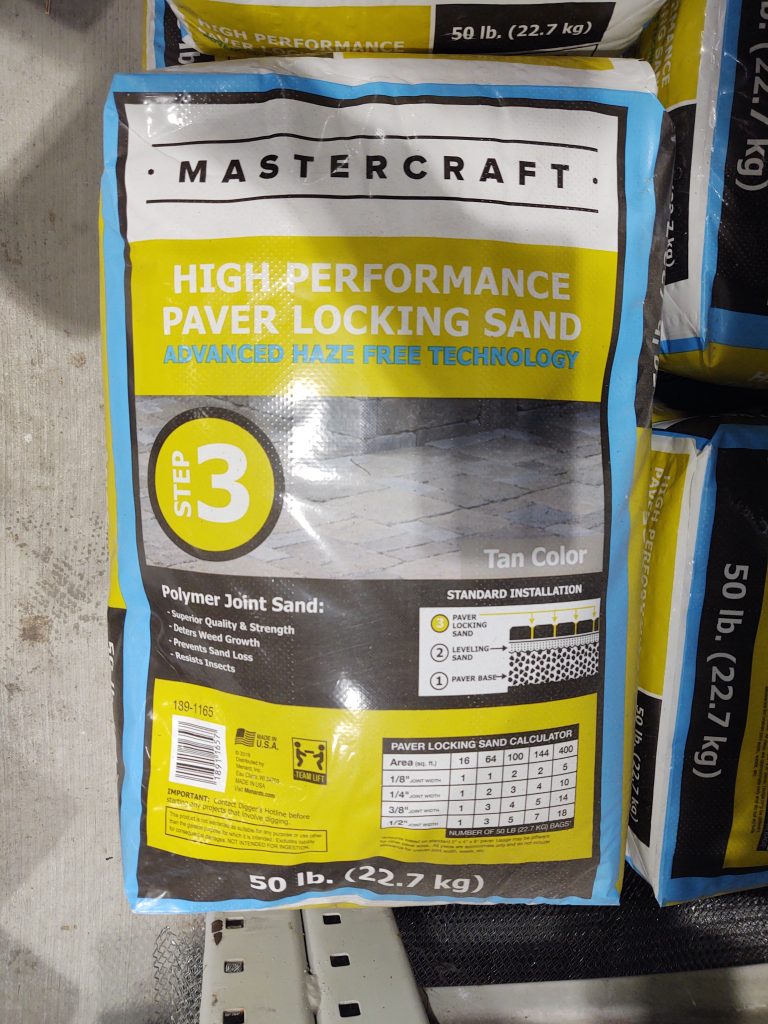

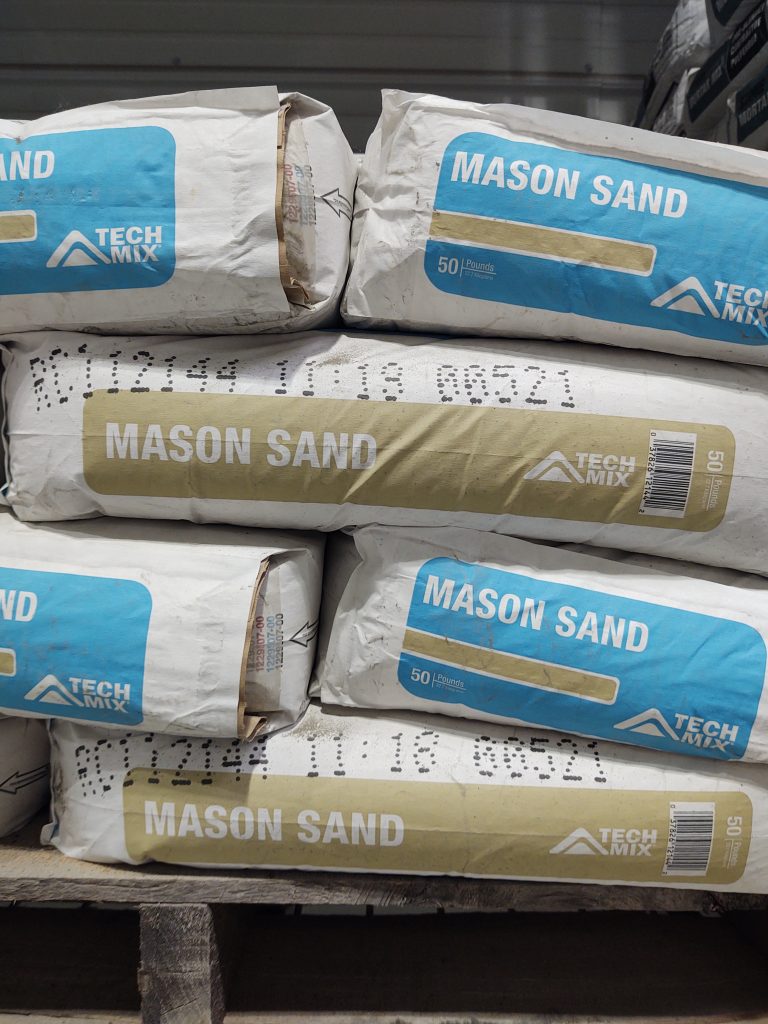
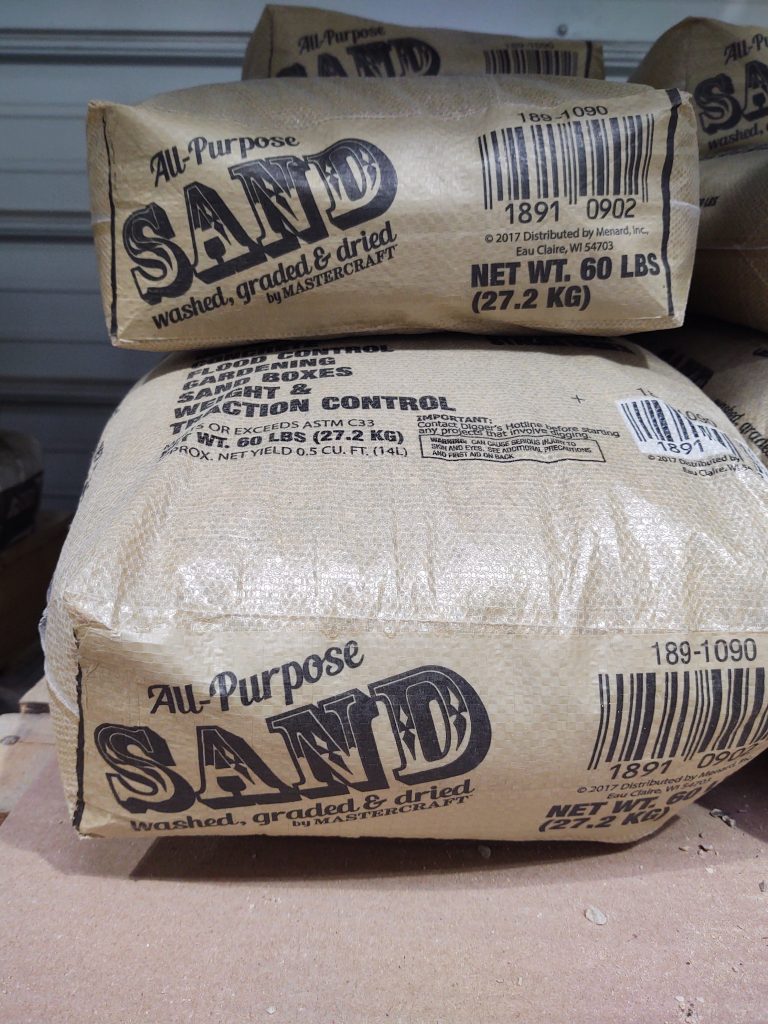
The positives of sand include that it is attractive to look at, especially after some heavy hermit crab traffic, with their little marks in the sand. Hermit crabs love tunneling down in sand but you must be careful that you keep an eye on the level of dampness. If there is standing water or food items in damp sand you may develop mold (mould) or bacteria. This leads to a weakened condition, stress to the hermit crabs and can mean possible death. Many use a kitty litter scoop or sieve to pick through the sand on a regular basis to remove uneaten food or refuse. Another alternative is to add springtails and/or isopods to your tank to keep the substrate clean.
Fluker’s Hermit Beach Substrate-
This product is safe but far more expensive that creating your own substrate from play sand and coco fiber.
The ideal primary substrate in your tank should be a good quality play sand with some coco fiber mixed in. The coco fiber can help with aeration in the sand as well as add humidity. This is the most common approach but some use straight play sand.
These other substrates are safe to use in your tank but should not be your primary substrate as they do not allow for proper burrowing and molt cave building.
River Pebbles
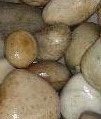
An inexpensive and great remedy for sandy feet by for placing around the water dish. Hermit Crabs often wade through the water dish onto sand which then sticks to their wet exoskeleton. Placing river pebbles gives them a ‘drying off’ place and offers more traction. Ensure that the river pebbles you purchase are NOT coated with resin or paint. DO NOT HEAT/BOIL/BAKE ROCKS. There are many natural river pebbles which are not coated around. One brand to ask for is Ultrastone Natural River pebbles.
Aragonite, Coral or Oolitic Sand
- Aragonite: A mineral form of calcium carbonate, often found in the skeletons of corals and mollusks.
- Coral sand: A type of sand composed mainly of small pieces of aragonite from broken down coral skeletons, along with other marine organisms’ skeletal fragments.
- Oolitic sand: is a type of sand made up of tiny, spherical grains called ooids that are cemented together to form a sedimentary rock. The grains are made of concentric layers of calcium carbonate or other minerals that form around a core, which is usually a mineral fragment or a tiny brine shrimp fecal pellet. The name “oolitic” comes from the Ancient Greek word ᾠόν, which means “egg”
Coral sand can be expensive but it is a wonderful source of calcium for your land hermit crab. Coral sand is great for the bottom of your water pools. Live coral sand is ideal for your filtered saltwater pool.
The larger grain coral sands are harder for the hermit crab to burrow and nest in for molting. The Carib Sea sugar and select grains that are oolitic may be suitable for molting. These sands are quite expensive and not cost effective given the quantity of substrate needed. However, so long as the grains are fine enough to hold its shape when damp they are safe to use.
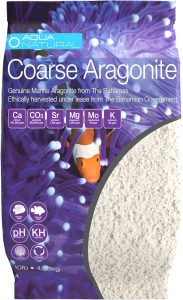
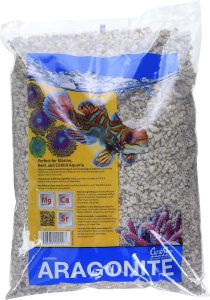
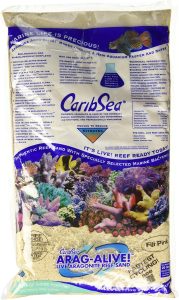

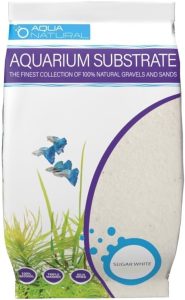

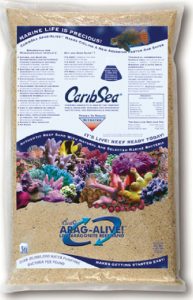
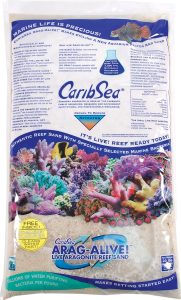
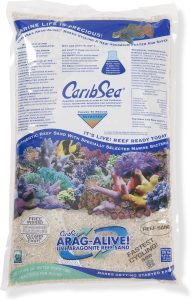
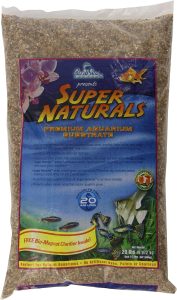
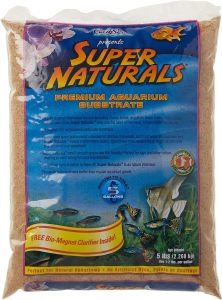
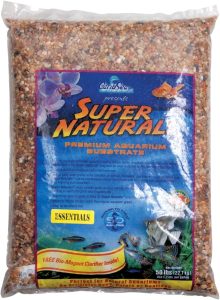

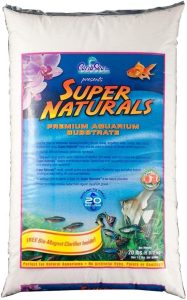

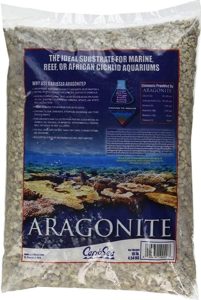
Compressed Coconut Fiber Expandable Substrate
100% coco fiber as a substrate is not recommended as it can cause molting deaths or abnormalities, likely due to the increased rate of decay.
Cocofiber is often added to play sand to help retain humidity and moisture in the sand. The recommended ratio is 5 parts play sand to 1 part cocofiber. There are a number of companies that produce coconut fiber which is sold in compressed bricks, coarse chunks, or loose in a bag. The coarse chunks are safe but don’t have the same effect on retaining moisture in the sand as the fine fiber. Moisten with brackish water for best results.
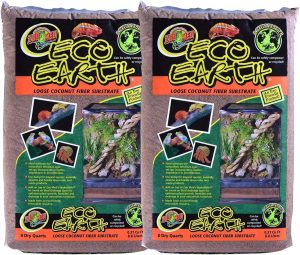
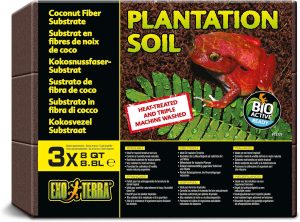
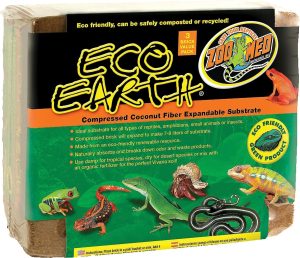
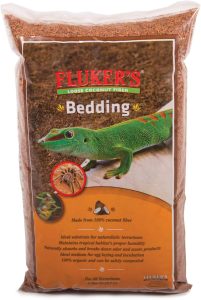
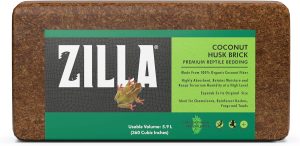
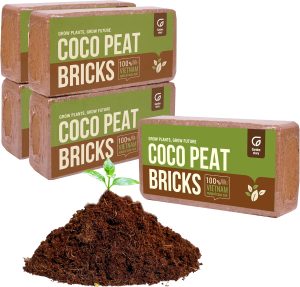
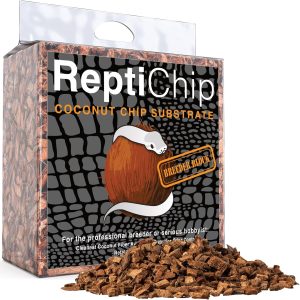
Unsafe substrates
Calci Sand
Not recommended for hermit crabs. When wet it smells terrible, clumps and sticks to the hermit crabs, and then hardens like cement.
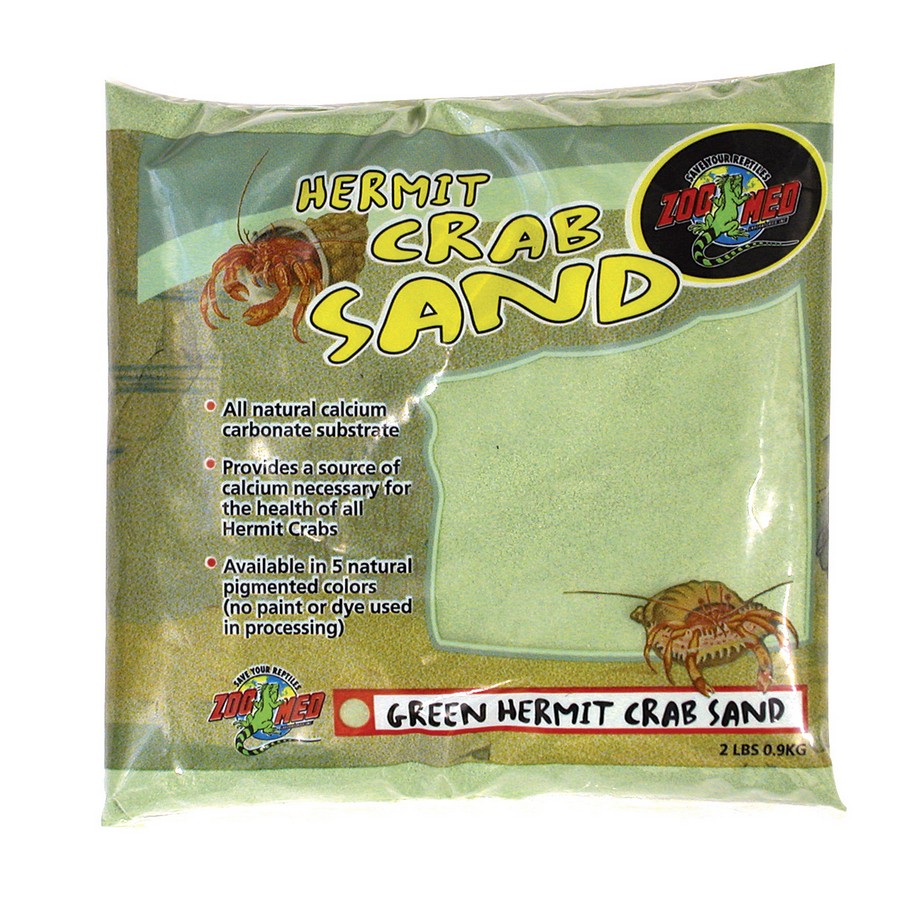
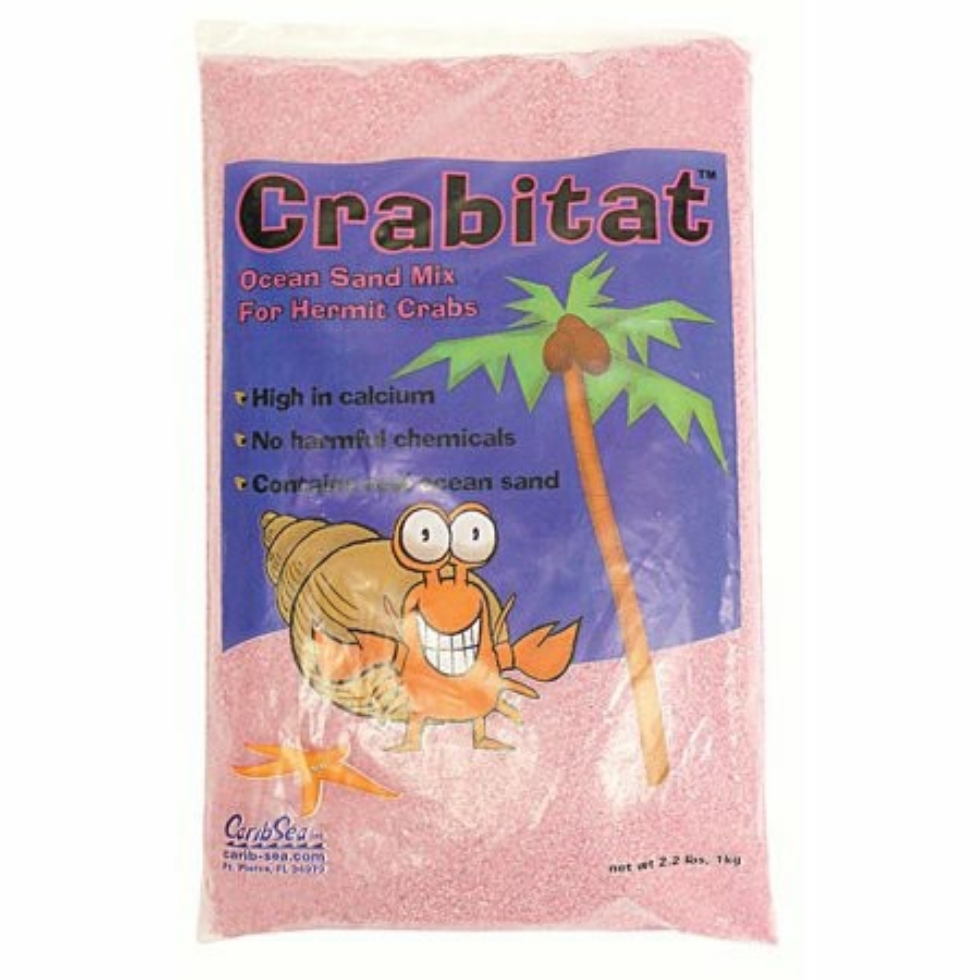
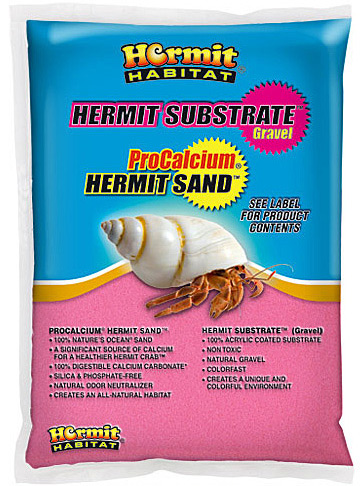
Other substrates which we DO NOT recommend are: aquarium gravel, ground walnut shells, corn shavings, cedar, wood shavings, paper and other reptile beddings made for desert animals.

